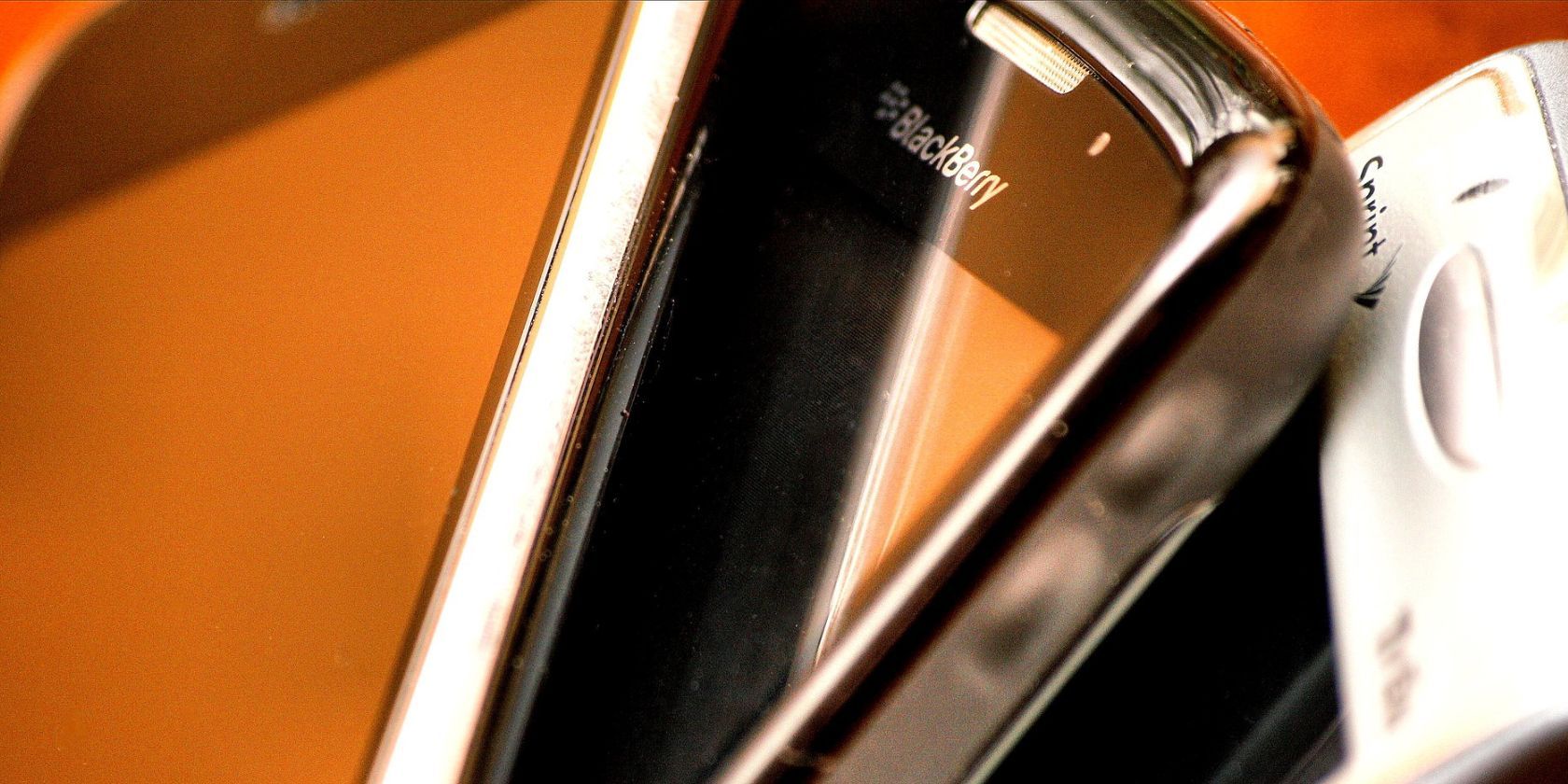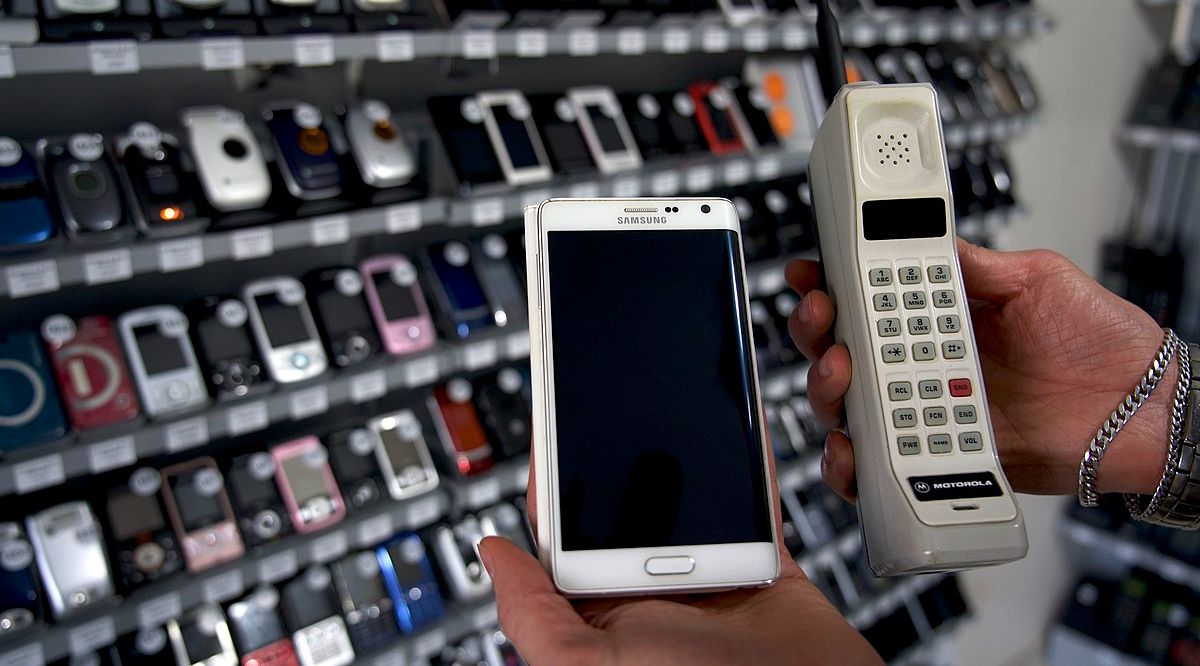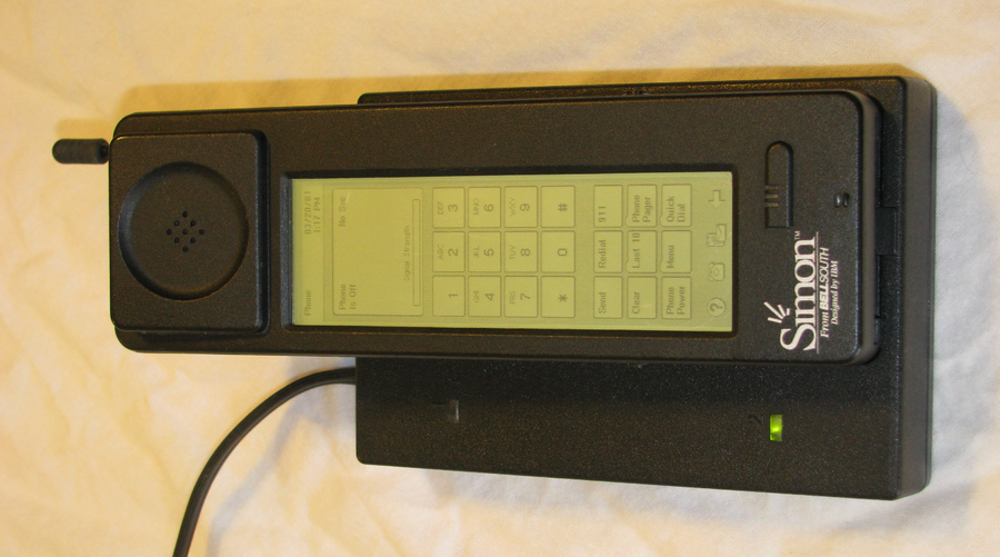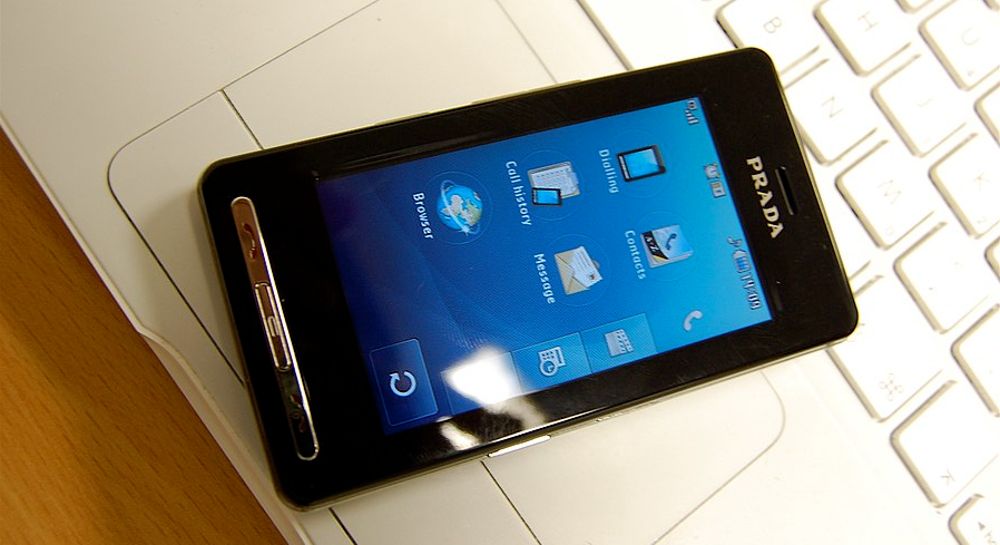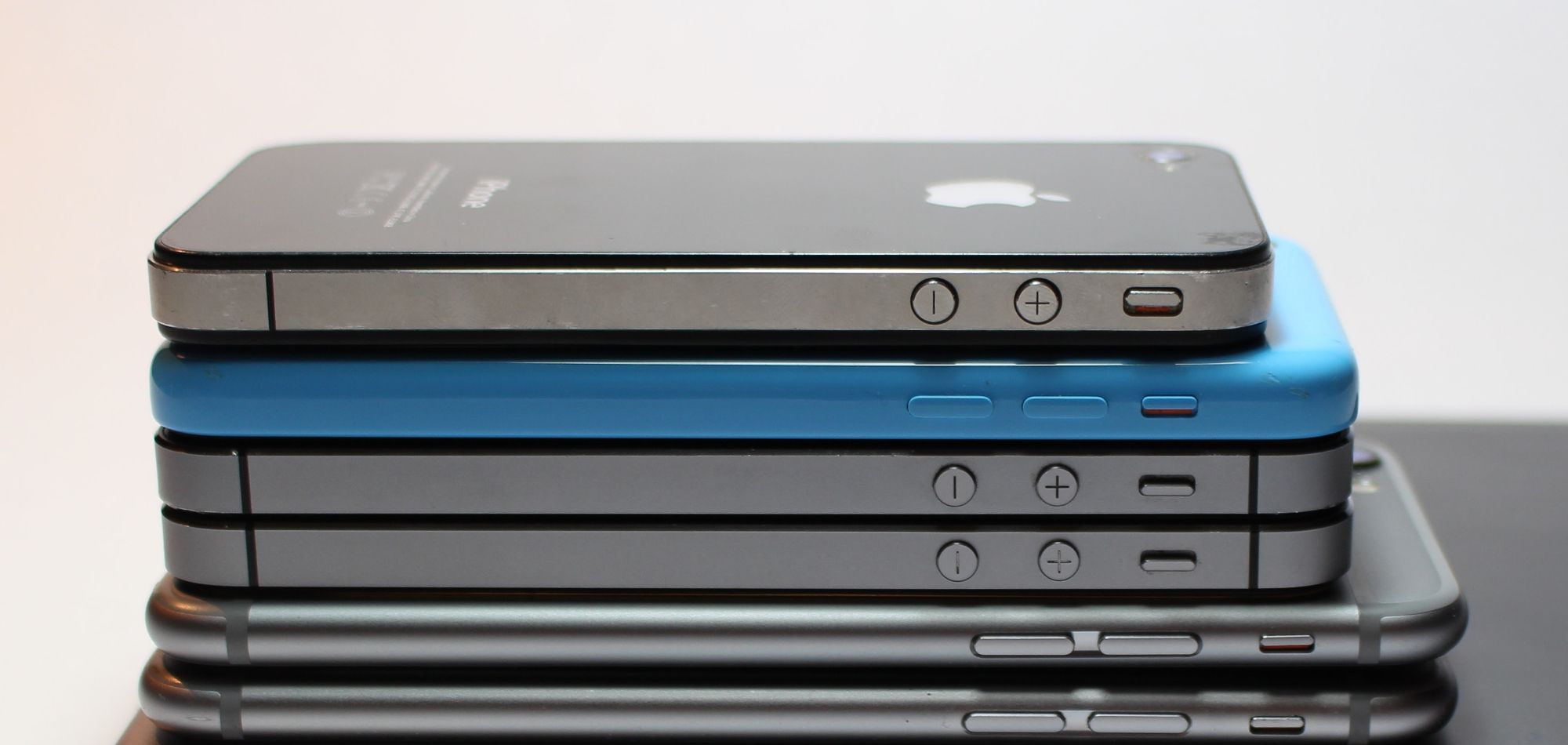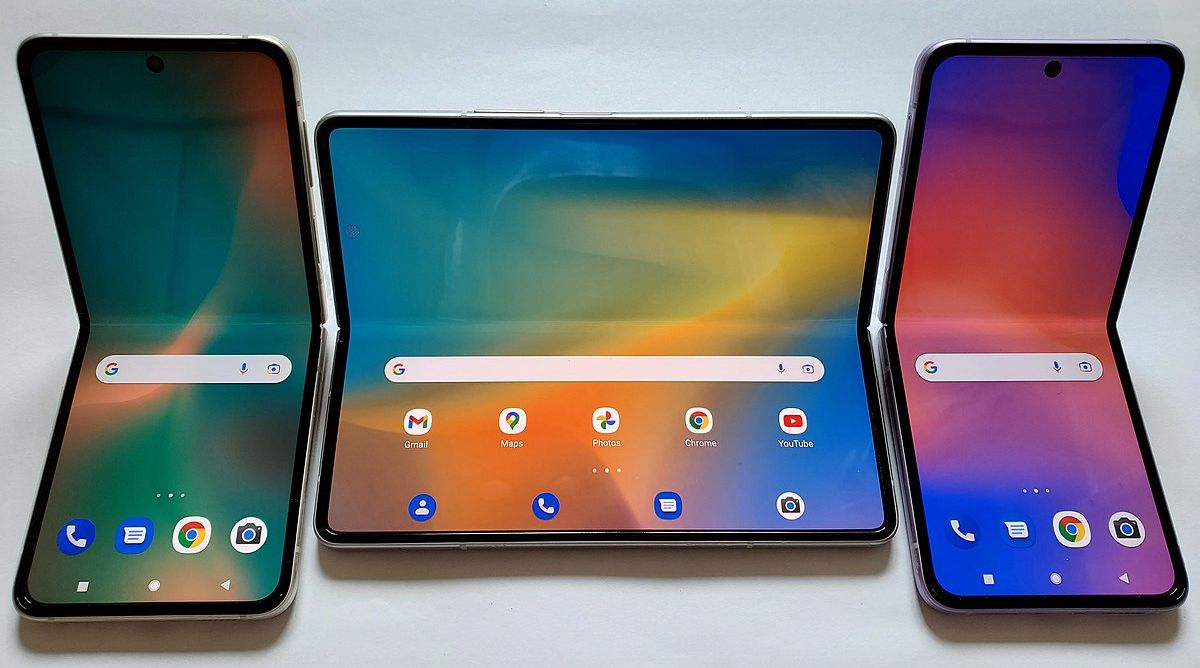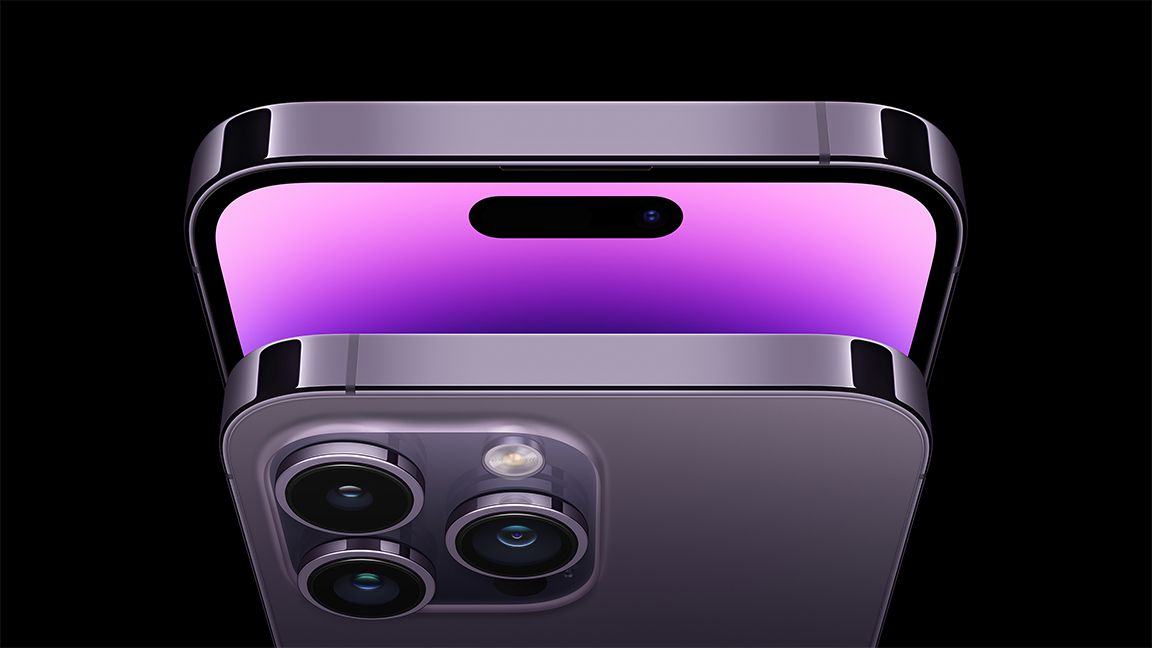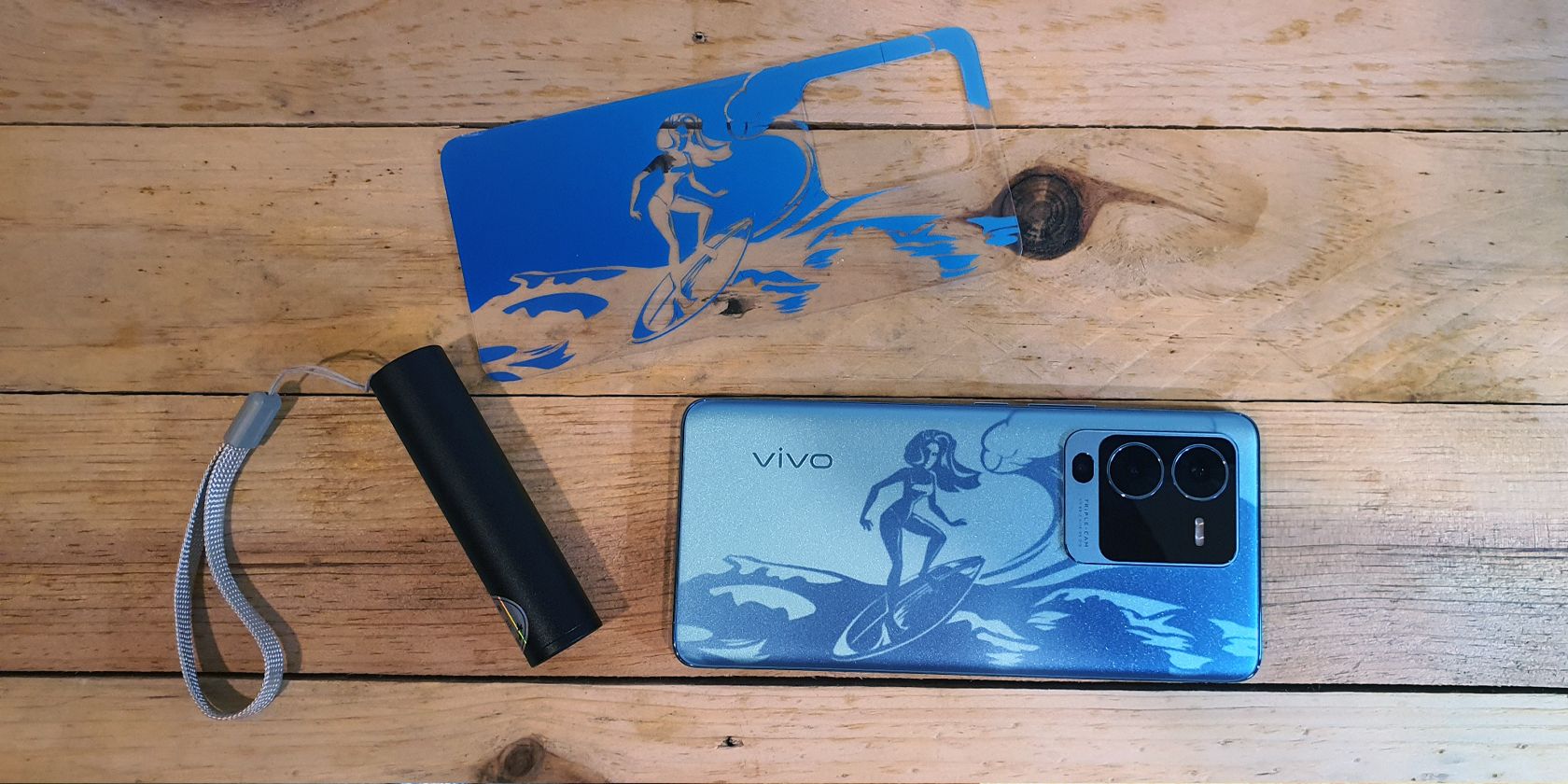If you're reading this, you've probably got your own cell phone. Throughout the 21st century, our need for and reliance on phones has grown exponentially. You may have even said, "I can't live without my phone!" a few times in the past.
In a way, this truly is the case. Today, we work, shop, communicate, and learn via our phones. But how did this mammoth industry begin? Where did cell phones start, and where will they go next?
1973: The First Cell Phone
Of course, phones did exist before 1973, but they always required a wired connection. It wasn't until this year that everything changed.
In 1973, Motorola, a telecommunications company founded in 1928, made history when it created the world's first cell phone. Motorola engineer Martin Cooper created this revolutionary device called the DynaTAC 8000X.
The DynaTAC 8000X weighed over a kilogram and had a length of over nine inches. Today's phones weigh between 150 and 200g, a stark contrast to the DynaTAC 8000X. But at this point, any cell phone was a breakthrough.
It has been reported that the first-ever call made on the DynaTAC 8000X prototype was actually to the wrong number. But either way, a call was made, and cell phones became a reality. However, the DynaTAC 8000X only had a battery life of 30 minutes and took twenty times as long to charge.
We had a long way to go before attaining the kind of technology present in today's phones. Even then, the DynaTAC 8000X was just a prototype and wasn't available publicly. So, when did cell phones become available to the public?
1983: Cell Phones Become Accessible to the Public
It took another ten years for the DynaTac 8000X to become commercially available. You may think that phones are pricey today, but the DynaTAC 8000X cost an astonishing $3,995 when it first came out—equivalent to over $14,000 in 2022.
So, even though you can now purchase a cell phone, it wasn't exactly affordable for average individuals. In 1987, Nokia-Mobira released its first cell phone, the Mobira Cityman 900. But this was also incredibly expensive. It will take a few more years until the cellphone becomes
It wasn't until the 1990s that cell phones began to become popular. In 1992, Motorola released the International 3200, the first digital mobile phone. This was vastly more affordable than the DynaTAC 8000X, but it cannot connect to GSM networks.
In 1999, Nokia released the 7110 at a much more feasible price of $475. After the 7110, cell phones started dropping in price, making them more affordable to the common person.
1992: The First Touchscreen Phone
Although touchscreen smartphones only started to become widely available beginning in 2007, touchscreen technology itself had been in the works for over four decades before the release of the iPhone. In 1965, Eric Johnson of the Royal Radar Establishment (RRE) created the first finger-controlled touchscreen.
However, this was not a phone and was never made commercially available. It will take another 30 years before IBM, in conjunction with Mitsubishi Electric, created the IBM Simon—the first touchscreen phone. This was a personal digital assistant (PDA) with touchscreen and cell connection capabilities.
Many consider this to be the first smartphone, but this wasn't the start of the smartphone revolution. Before the smartphone boom, someone must first create the first modern smartphone.
2006: The First "Modern" Smartphone
The smartphones we know today essentially look like small television screens without physical keypads. This kind of modern smartphone came about in 2006 with the LG Prada (or LG KE850). LG announced the upcoming release of the Prada in late 2006, and sales began in May 2007.
This phone was just 3.89 x 2.13 x 0.47 inches in size, with an internal memory of 8MB and a 2MP camera. The screen was just 240x400 pixels, but its touch capability was big news. LG sold over a million units within 18 months of the initial release. However, another smartphone maker will soon outshine this groundbreaking device.
2007: The Smartphone Age Begins
Today, billions of people around the world own a smartphone. But this wasn't the case in the late 2010s. At this point, the smartphone industry boomed with the release of the first-ever Apple iPhone, the A1203. Apple has been around since 1976 and mostly made consumer electronics, such as the iMac and the iPod.
But, in the mid-2000s, Apple made history when the iPhone. Nobody knew then that this line of smartphones would become the most popular worldwide. But since the original iPhone was way ahead of its time, it became insanely popular. In just a year, over six million iPhone A1203 handsets were sold, at just under $600 apiece, so it was an undeniable success.
However, the iPhone wasn't the only smartphone people bought at this time. In 2009, Samsung released its first smartphone, the Samsung GT-I7500 Galaxy, and the Galaxy smartphone series began.
Along with this, HTC released the Dream, Sony released the Xperia X1, and Huawei released the Ascend. Between 2006 and 2010, various telecommunications companies made their first move in the touchscreen smartphone space.
By 2011, smartphones were commonplace, with many manufacturers releasing new models annually. This is still the case up to this day, though many improvements have been made in screen size and resolution, battery life, connectivity, and software.
2018: The First Foldable Touchscreen Phone
In the late 2010s, something quite ironic began to happen. Smartphone manufacturers wanted to bring back the foldability of the cell phone, something that we all thought was already history. But the goal wasn't to recreate old phones. Instead, developers wanted to create a touchscreen phone that could be folded in half—a pretty bold undertaking and one that is still being worked on today.
A lot of work had to be done to create a foldable touchscreen—an in-folding display was required to avoid damage to the screen when flipped open and closed. If you want to know more, you should check out our explanation of how foldable screens work. In 2018, Chinese startup Royale released the Royale Flexpai, the world's first commercially available foldable touchscreen phone.
It didn't take long for bigger names to hop on the bandwagon. In 2019, Samsung launched the Galaxy Fold. The Galaxy Fold could expand to 7.3 inches when opened, essentially allowing people to have an all-in-one tablet and smartphone.
However, Samsung delayed the release of the Galaxy Fold to implement further improvements. And despite the delay, the company still received a lot of criticism after its release. Most importantly, some users noticed creases and cracks in their screens shortly after purchase.
The 2020s and Onward: The Future of the Cell Phone
Today's smartphones are drastically different from those available fifteen years ago. In just a decade and a half, the smartphone industry developed many groundbreaking technologies that turned phones from a communications device into a pocket computer.
Today, you can use your smartphone to order food, find a new roommate, or even buy a car. The capability of the phone is already nothing short of astounding, but we're not done yet. What does the future hold for cell phones?
Future phones will undoubtedly be smart, so we'll refer to them as smartphones in this section. There are a lot of rumors and theories going around as to what future smartphones might look like. Transparent? Almost weightless? Embedded in your wrist? There's no denying expectations are high.
In reality, smartphones will likely evolve in less of a sci-fi manner. Today, developers are focused on some critical areas in smartphone advancement: faster internet speeds, virtual SIM cards, faster and over-the-air charging, and higher screen quality. For example, the ramp-up to 6G has already begun, with estimates for its release landing around 2030.
On top of this, future smartphones could have 3D capabilities, in-display cameras, and maybe even change exterior colors using LED backlighting. Smartphones may even one day become more eco-friendly.
Many look forward to seeing new features in future smartphones, but only time will tell what new technologies and improvements will be brought to the table. All we can do for now is excitedly theorize.
The Cell Phone Has Truly Changed the World
Just fifty years ago, no one dreamed that we'd be able to do just about anything on a small touchscreen device. But sure enough, these little devices have transformed how we shop, communicate, work, learn, and consume content.
There's no knowing what incredible advancements we may see in smartphones in the near future. But let's hope the price tag doesn't get any higher.

